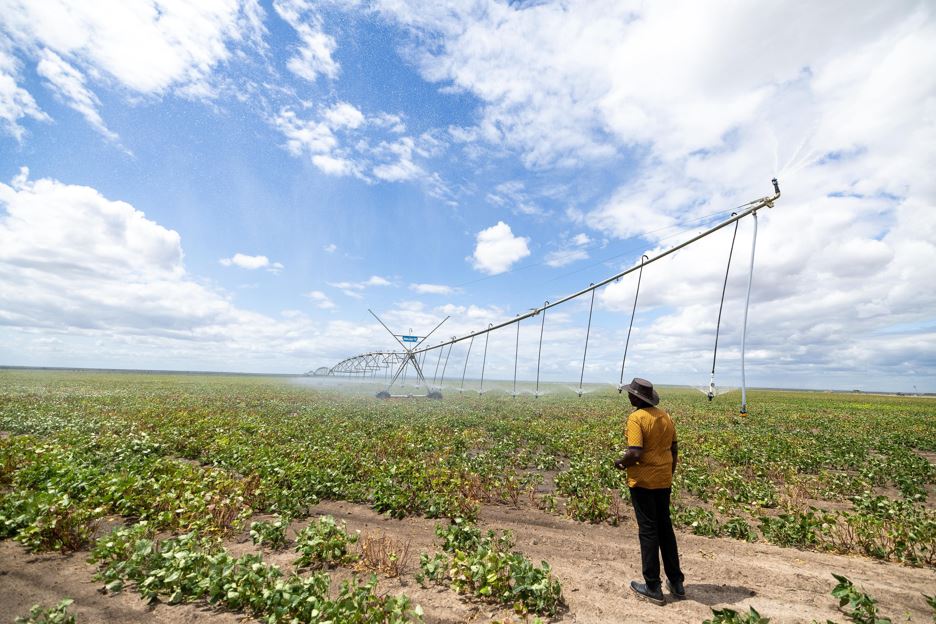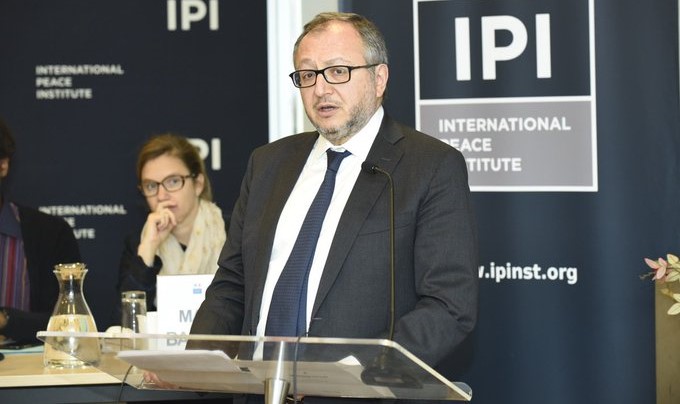Government confirms Linda Mama programme will continue under Social Health Authority

Since its launch in 2013, the Linda Mama programme has provided vital maternal care to 7.5 million expectant mothers.
Women can now breathe a sigh of relief as the government announces that the Linda Mama programme will continue under the management of the Social Health Authority (SHA). Acting SHA head Elijah Wachira confirmed in a statement on Thursday that the programme will remain available to Kenyan mothers.
"SHA is proud to announce the continued success of the Linda Mama programme," said Wachira in a statement.
More To Read
- SHA transition sparks tension as teachers cite lack of consultation, legal violations
- Review meeting highlights barriers to immunisation, maternal health in Turkana
- Court of Appeal postpones hearing on constitutionality of Health Acts
- Kenya steps up border checks as Ethiopia confirms outbreak of Marburg Virus Disease
- 1,567 injured police officers compensated, says Mwangangi as Senate pushes for transparency
- SHA announces refund process for mistaken M-Pesa premium payments
Under SHA's stewardship, the Linda Mama programme will continue to offer comprehensive care, including maternity care during pregnancy and delivery, medical attention for any complications affecting both mother and baby and post-delivery care for both mother and baby.
Expectant mothers are encouraged to access these essential services at their nearest healthcare facility. The SHA is committed to enhancing the Linda Mama programme's benefits to ensure seamless and improved maternal and child health services.
Since its launch in 2013, the Linda Mama programme has provided vital maternal care to 7.5 million expectant mothers. "In the last financial year alone, 1 million mothers benefited from the program, with over 70 per cent of deliveries taking place in public healthcare facilities," said Wachira
Initially launched in June 2013 by former President Uhuru Kenyatta, the programme was designed to alleviate the financial burden on pregnant women, offering services based on need rather than the ability to pay. This initiative marked a significant step towards achieving Universal Health Coverage (UHC) in Kenya.
Since last year, with the proposal to transition from the National Health Insurance Fund (NHIF) to SHA, many Kenyans have been uncertain about whether the programme would be retained, leading to significant uproar and confusion. However, recent developments have clarified these uncertainties, with the government confirming the programme's continuation under the new structure.
Public Health Principal Secretary Mary Muthoni announced a Sh2 billion allocation to the Linda Mama programme, noting that "The programme is returning bigger and better.”
Speaking on Tuesday, PS Muthoni announced that the free maternal healthcare initiative will return under the same name but with improved benefits for expectant mothers. "This is going to be a stand-alone programme under SHIF, just like it used to be, to take care of mothers and babies," Muthoni said.
She explained that the enhanced programme would cover the full costs for both normal and cesarean deliveries. "For normal delivery, the benefit is now Sh11,000, while for cesarean delivery, it is going to be Sh32,000," Muthoni noted.
The PS also mentioned that funds have been allocated for the enhanced programme, with additional funding to be sought as the new budget process begins. Muthoni stressed that the decision responds to public demand and highlighted that ongoing public participation will allow citizens to provide input on the new Linda Mama program's features.
Muthoni also noted that the Social Health Authority will determine the allocation of funds between the Linda Mama programme and the Social Health Insurance Fund (SHIF), while the NHIF will continue until the SHIF is fully implemented.
The Linda Mama programme has been instrumental in reducing maternal and infant mortality by providing free delivery services. Since its introduction, the number of hospital deliveries significantly increased. Data from the Ministry of Health shows that registered deliveries rose from 948,000 in 2016 to 1.19 million in 2019.
Before the programme's inception, many women relied on traditional birth attendants, contributing to high maternal and infant death rates. Maternal deaths in Kenya stood at 488 per 100,000 live births in 2008/09 but have since decreased to 342 per 100,000 live births by 2022.
The Kenya Demographic and Health Report 2022 also notes a significant reduction in neonatal and infant mortality rates, with under-five deaths dropping from 52 per 1,000 live births to 41, and infant mortality falling from 39 per 1,000 live births in 2014 to 32.
However, the rollout of SHA remains uncertain after the High Court declared SHIF which will be managed by SHA unconstitutional on July 12. The court's decision cited, among other reasons, a lack of public participation in developing the new healthcare programme.
Top Stories Today












































